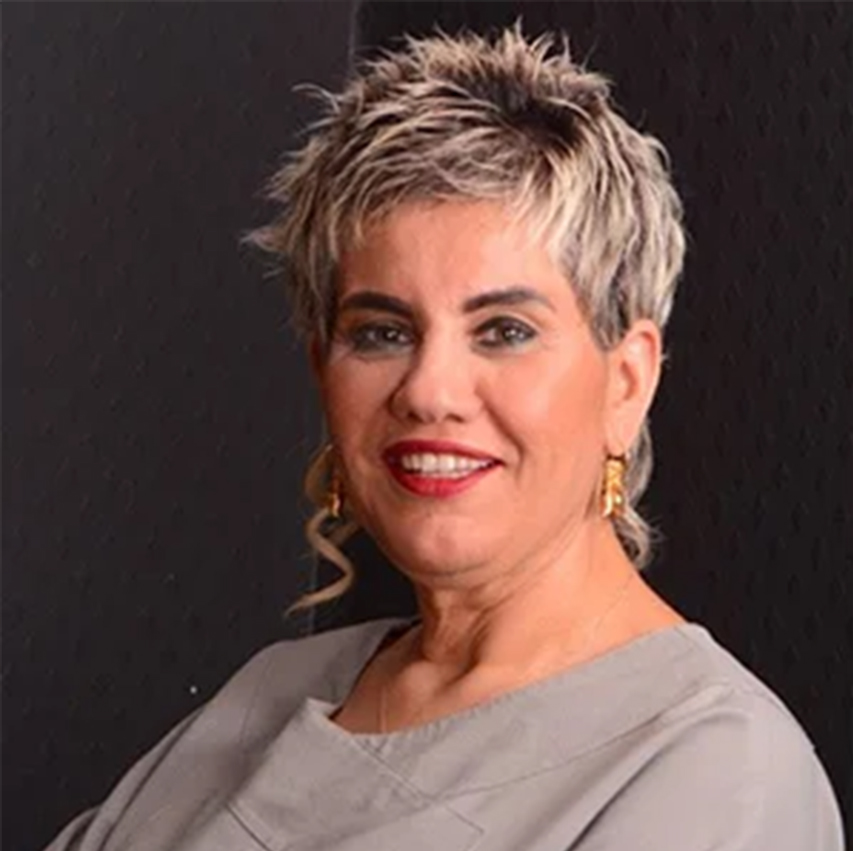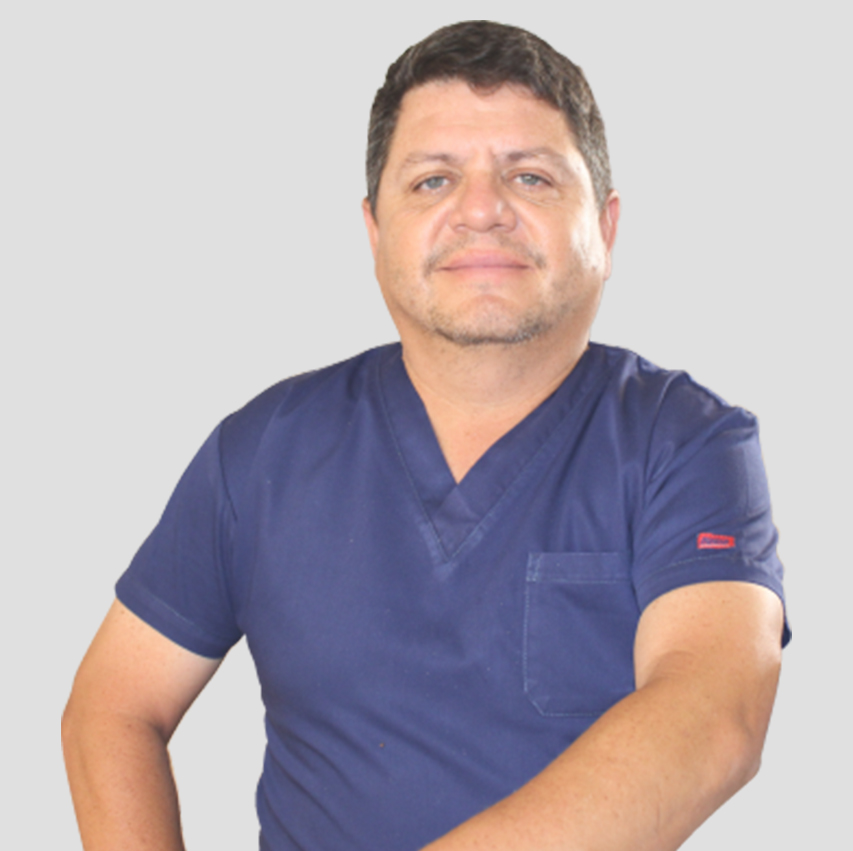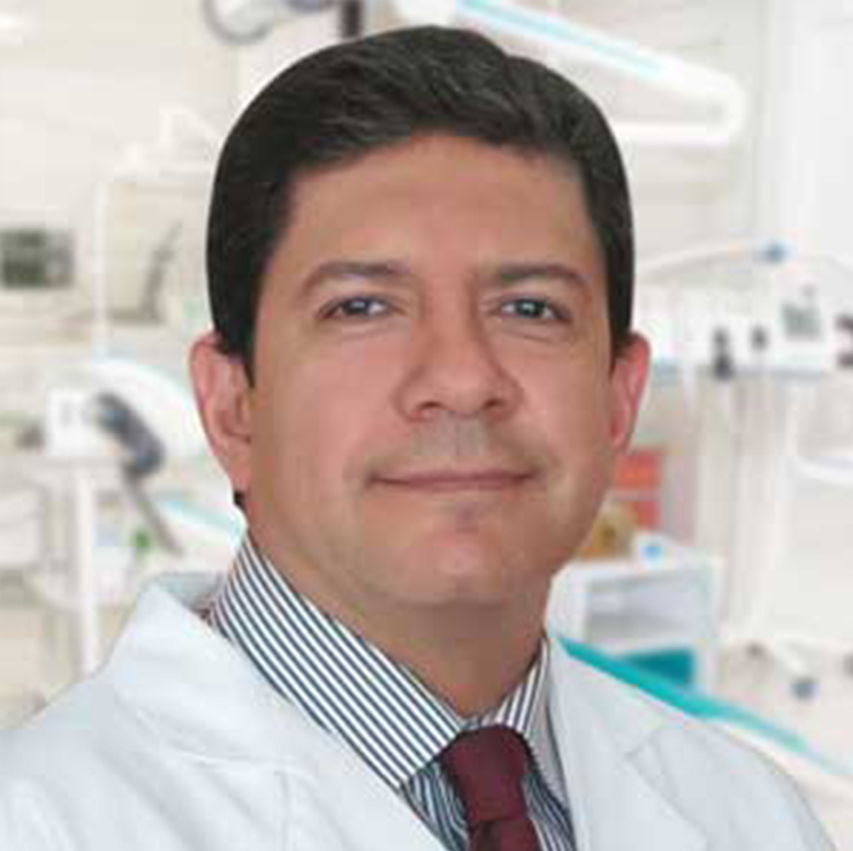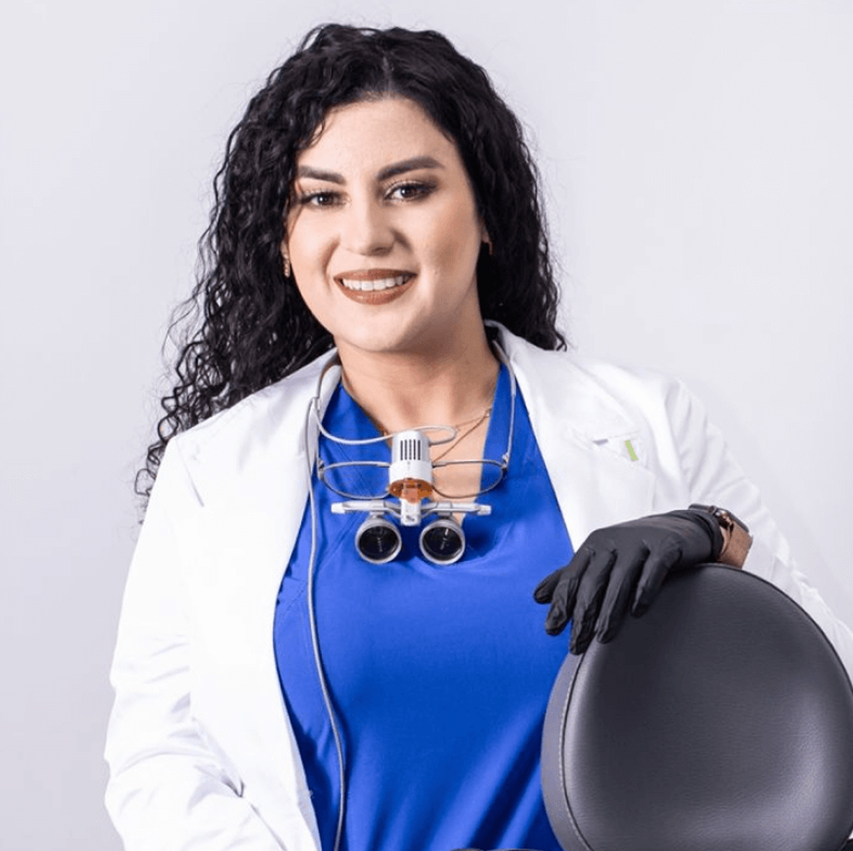Bone Grafting for Dental Implants

Angela Martinez
Medical Content Writer

Dr. Guzin
Medical Reviewer
As a practicing dentist deeply involved in restorative dental procedures, I find bone grafting to be an integral step for many of my patients preparing for dental implants. Here, I’ll explain why bone grafting is necessary, the types available, and the process involved, to help clarify its importance in achieving successful dental implant outcomes.
Understanding Bone Grafting in Dentistry
Bone grafting is a pivotal procedure in dental restoration that involves augmenting the jawbone’s volume and density. This need typically arises post-tooth loss—be it from extraction, periodontal disease, or injury. Following tooth removal, the jawbone can deteriorate, compromising the structural integrity needed for implant placement. In my practice, I often recommend bone grafts to prevent excessive bone loss and prepare the site for an implant, ensuring it has a stable foundation.
When Is Bone Grafting Needed?
The primary indication for a bone graft is the insufficient bone density and volume at the site of a missing tooth. This deficiency can jeopardize the stability of a dental implant, as well as the health of adjacent teeth and tissues. Without a graft, the implant might fail, as it lacks adequate support within the jaw.
Types of Dental Bone Grafts
1. Autograft: Harvested from the patient’s own body, typically from areas like the chin or hip, autografts are highly effective due to their compatibility, reducing the risk of rejection and promoting natural bone growth.
2. Allograft: Utilizing bone from a deceased human donor, allografts are processed to ensure safety and reduce the risk of disease transmission. This option spares the patient from additional surgical sites.
3. Xenograft: Sourced from animals, usually cows or pigs, these grafts are treated to prevent any disease transmission. They are useful when human bone is unavailable or inadequate.
4. Alloplast: This involves synthetic materials that mimic natural bone, often used when human or animal grafts are not an option.
Candidates for Bone Grafting
Patients who have experienced significant jawbone loss are prime candidates for bone grafts. This loss can occur due to extractions, gum disease, or trauma. Additionally, individuals with ongoing conditions such as periodontal disease or those who smoke might experience accelerated bone degradation, necessitating a graft before considering implants.
The Bone Grafting Procedure
Before recommending a bone graft, I conduct a thorough examination of the patient’s oral health, including X-rays to assess the extent of bone loss. This evaluation helps in crafting a precise treatment plan tailored to the patient’s specific needs.
Procedure Steps
1. Anesthesia
To ensure comfort, local anesthesia, and possibly sedation, are administered.
2. Incision
I make a small incision in the gum tissue to access the underlying bone.
3. Graft Preparation and Placement
Depending on the graft type, I prepare and secure it to the area needing reinforcement.
4. Closure
The site is then sutured to allow for natural healing.
5. Recovery
Post-operative care involves managing discomfort and swelling with medications, and following specific care instructions to ensure optimal healing.
Post-Graft Healing and Implant Placement
Healing times can vary, generally spanning three to nine months, depending on the graft type and individual healing responses. I typically advise waiting six to twelve months post-graft before proceeding with implant placement to ensure the graft has fully integrated with the natural bone, creating a solid foundation for the implant.
Looking for quality & affordable dental work?

Dr. Guzin
Ankara Turkey
Dr. Guzin Kırsaçlıoğlu graduated from Ankara Dental School in 1982 and opened her own practice. Dr.Kirsaçlioglu completed her Master’s in Cosmetic Dentistry at New York University in 2011 as well as annual continuing education courses on dental implants in France, Germany, Spain, and Israel. Today, Dr. Kirsaçlioglu is an internationally recognized, multidisciplinary dental professional running a dental practice with a staff of 18.
She is a member of the American Dental Association (ADA), the Turkish Dental Association (TDB), European Academy of Esthetic Dentistry (EAED), American Academy of Cosmetic Dentistry (AAD) and the European Association for Osseointegration (EAO).
She has authored numerous dental related articles covering the topics of both dental implants and dental aesthetics. When not treating patients, Dr Kirsaçlioglu volunteers in rural villages, teaching children about good oral health and preventative dental care.
Who Gets Dental Work Done through HebeDoc?
Patients in need of veneers, dentures, implants, root canals, tooth extraction, crowns,
choose HebeDoc to locate top ranking dentists abroad.
Your Teeth and HebeDoc
HebeDoc will assist you in finding the right – thoroughly vetted — dentists,
While you save you up to 75%!
The Right Dental Specialist at a Fraction of the Cost. HebeDoc works with only the top 5% of dentists, thoroughly vetted with quality and affordability in mind.
100% free, non-binding assessment.
Get Quote
The Dental Professionals

Dr. Corrales
-
Los Algodones, Mexico
(Yuma Arizona Border)
-
Tijuana, Mexico
(San Diego Border)
- Experience: 13+ years
- Language: English, Spanish

- Ankara, Turkey
- Experience: 31+ years
- Language: English,Turkish

- Los Algodones, México (Yuma Arizona)
- Experience: 20+ years
- Language: English, Spanish

- Cancun, Mexico
- Experience: 36+ years
- Language: English, Spanish

- Ankara, Turkey
- Experience: 6+ years
- Language: English,Turkish

- Los Algodones, Mexico (Yuma Arizona Border)
- Experience: 11+ years
- Language: English, Spanish

- Ankara, Turkey
- Experience: 7+ years
- Language: English,Turkish

- Los Algodones, Mexico (Yuma Arizona Border)
- 4.9 (15 reviews)
- Experience: 15+ years
- Language: English, Spanish

- Ankara, Turkey
- Experience: 10+ years
- Language: English,Turkish
